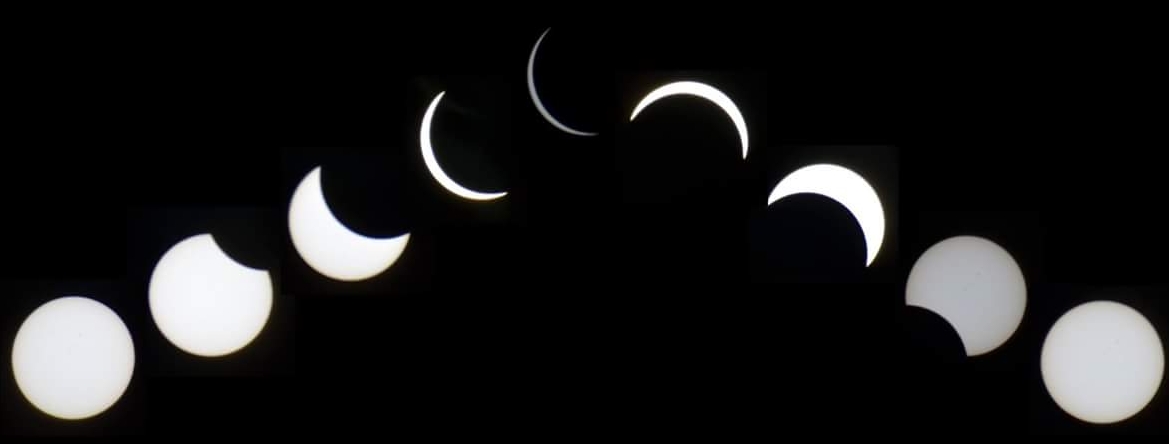Any astrophotographers here? I bought a telescope (Celestron Powerseeker 70EQ) and the T-adapter and T-mount to attach my camera to it. My plan was to try to get some decent photos using the photo stacking technique. I downloaded and installed Deep Sky Stacker, but the first (and so far only) time I've tried it, it does all the processing, then says it will only use one of the 10 photos I've uploaded. I've played with the "star threshold" to no avail. The photos I used were 10 photos, 2.5 seconds each. I didn't do any dark frames. Even at 2.5 seconds, I was getting some star trails - do I need to take much shorter photos? More photos? Do I really need those dark frames? Is there some other setting I'm missing? Anyone have any insight into this stuff? I'm very new to it all.


























![Craft A Brew - Safale S-04 Dry Yeast - Fermentis - English Ale Dry Yeast - For English and American Ales and Hard Apple Ciders - Ingredients for Home Brewing - Beer Making Supplies - [1 Pack]](https://m.media-amazon.com/images/I/41fVGNh6JfL._SL500_.jpg)




















